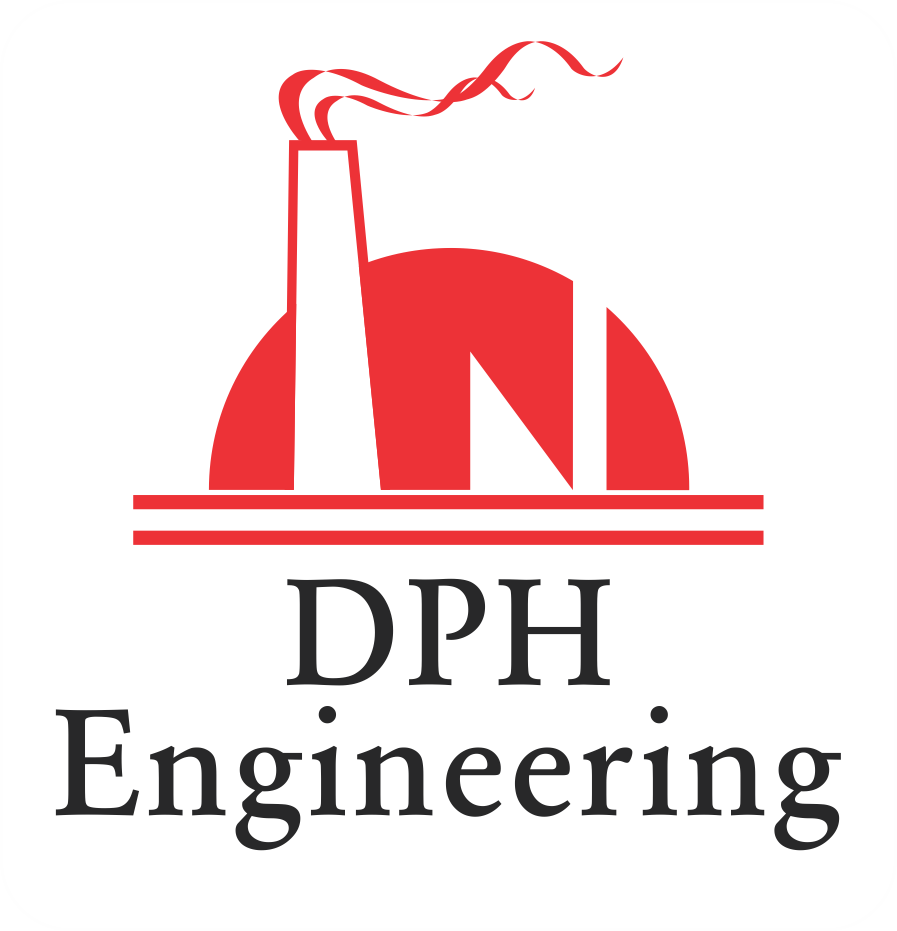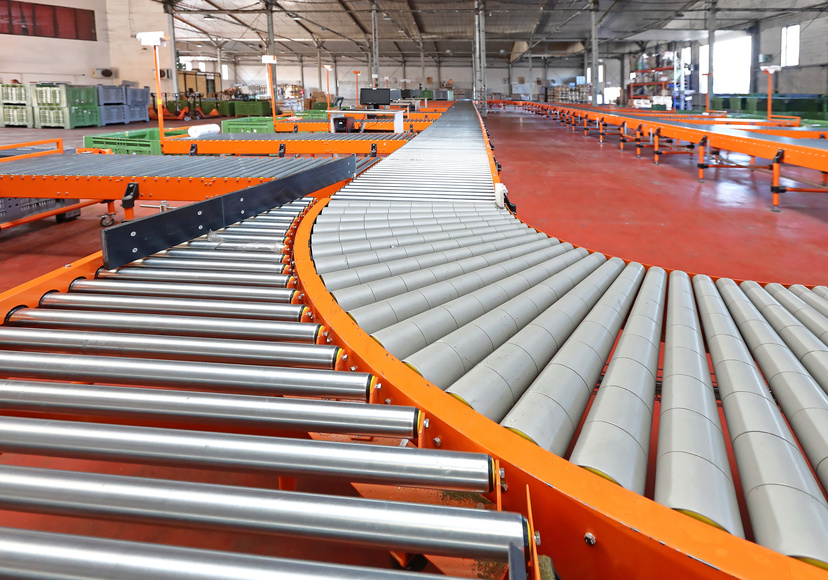On the off chance that your conveyor belt isn’t working appropriately, it will have untold repercussions all through your whole framework. Whole activities can be lost timetable, bringing about loss of both cash and efficiency.
To keep this from occurring, you need to watch out for the exact functions of your transport lines. Via cautiously watching and investigating your belts, you can get numerous issues before they form into bigger issues that require some serious energy and cash to fix. DPH engineering has got all the answers to your conveyor belt problems.
Basic Conveyor Belt Problems
While it is difficult to accumulate a rundown of each awful circumstance you will at any point experience with your transport line, this is a rundown of a portion of the worries you are destined to confront, just as their plausible results.
1. Conveyor belt Mistracking
This issue happens when there is a conveyor belt following the issue. Following is the way toward overseeing and adjusting the belt onto the right way, and it’s basic to guarantee the smooth working and yield of your framework. Mistracking, at that point, is when something turns out badly along this track. As a rule, it implies that the belt has slipped to some side, and the whole framework has moved twisted.
Mistracking prompts various negative outcomes. It can possibly lose the whole framework of its predefined course. Yet, the outcomes can likewise be less extraordinary than this. Mistracking may just prompt lopsided belt wear, which is the reason for an entire host of different issues in its own right.
In the event that the belt slips altogether out of control, the entire framework could start failing and shut down. It’s ideal to watch out for little indications of mistracking, regardless of whether they don’t appear to cause a lot of harm. By getting this issue almost immediately, you can keep it from deteriorating and making a bigger issue.
2. Belt Slipping
Transport lines depend on an exact equilibrium of strain to work accurately. On the off chance that there is an excessive amount of pressure or excessively little, things start to go amiss, and the belt can slip. In particular, if the head pulley separates or even turns out to be excessively worn, there will presently don’t be sufficient strain to hold the belt back from slipping around.
This deficiency of pressure can bring about superfluous extending and strain on the belt, just as noisy, grinding and screeching commotions and the previously mentioned slipping. It will require tedious upkeep to fix such an issue as this. To dodge the present circumstance, check all parts and bits of the conveyor belt routinely to guarantee that they aren’t encountering any excessive mileage.
3. Held onto Rollers
As a rule, transport lines are built from metallic materials like steel. This development is acceptable on the grounds that it implies the parts are normally exceptionally solid and durable. Notwithstanding, it additionally implies that when the rollers on the conveyor belt seize up, they have an awful inclination to grow sharp edges.
These sharp edges, thus, can have significant repercussions all through the transport framework. They can make the belt mistrack inconsistent down the middle line of the transport line. The present condition is an issue for a few reasons. Right off the bat, it can represent a huge security peril to any specialists in nearness to the transport line. Besides, it can possibly harm products and materials being shipped along the transport line, in some cases hopeless.
In the event that the issue is serious enough that the whole framework glitches and closes down, you will probably be taking a gander at a since a long time ago shut-down period while the framework is fixed. Check the rollers every now and again to forestall this situation.
4. Blockages
The main role of any conveyor belt framework is to move things effectively starting with one area then onto the next, frequently through a perplexing transport framework. It just bodes well, at that point, that when this effective travel is disturbed, the whole framework quits working.
It’s very simple for a bundle to get captured. At the point when this occurs, the following thing behind the first gets captured, and the accident essentially works from that point. It can prompt the whole framework getting stopped up and stuck.
While irregular events are difficult to anticipate and regularly difficult to forestall, you can do an incredible arrangement to stop preventable blockages. Check your transport lines cautiously for any sharp edges, surfaces, corners or different spaces that may catch things as they go past. Recollect that regardless of whether something seems as though it is anything but a serious deal presently, it’s in every case better to manage it while it’s still little. Else, it may before long turn into a lot bigger entanglement.
5. Material Carryback
While blockages are an aftereffect of bundles getting captured on sharp edges and obstructing different items, material carryback includes a development of material on the actual belt. In case you’re working with materials like muds or mineral metals, they can abandon modest quantities of buildup. While it may not seem like a lot, this material will increment and lead to collection under your belt, causing issues with your rollers and pulleys.
This carryback can likewise cause security issues as it were on the grounds that unreasonable material development can be a fire risk, and certain materials can be risky if regularly breathed in. There’s likewise a benefit misfortune related to carryback. In case you’re working with prominent materials and losing a smidgen of them each time they’re on the belt, you could lose a huge benefit.
To decrease material carryback, you ought to introduce a cleaning framework that will scratch your belt to guarantee no material gets given up.
6. Material Spillage
It’s genuinely regular for there to be a few issues with material spillage eventually along with a transport framework. This term alludes to any material that coincidentally slides or spills off the belt, and it’s generally regular along move and burden focuses. This event isn’t really because of any mechanical disappointments or issues with the belt, however, it can in any case be an issue, as this spilled material can prompt blockages or developments that will have a domino impact and cause different issues later on.
In the event that you locate that material spillage is a typical factor on your transport line, have a go at introducing sway beds, skirt cinches, or a belt furrow. These arrangements will help lessen burned-through material just as time spent tidying up, and they’ll diminish the chance of breakdowns brought about by blockages on the belt.
7. Belt Tears and Seam Rips
Contingent upon the item you’re moving, you may encounter holes or tears in your belt. Moving items, for example, sharp shakes or coal builds the odds of this event. Indeed, even unnecessary contact from moving substantial bundles can bring about meager spots that in the long run lead to tears. Crease tears likewise occur after some time with pressure and strain on the belt. Tears and tears can be difficult to forestall with the idea of your activity, so this issue requires a decent fix measure.
A torn belt or torn crease can cause issues with the capacity of your belt and hurt efficiency. It’s imperative to either contact an expert or has a prepared colleague these fixes to diminish personal time.
Also, read our blog on Why Conveyor Belts Are More Preferable?

